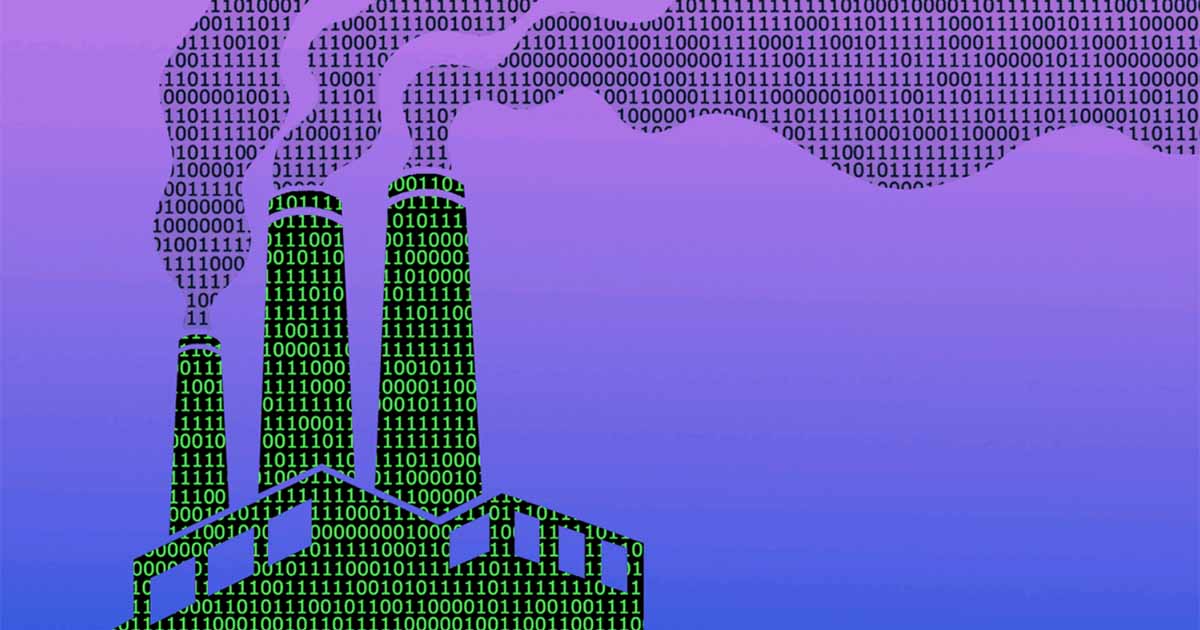At least 15 natural disasters linked to climate change this year caused damage of over $1 billion and seven of them cost at least $10 billion, British charity Christian Aid said Friday.
This year is set to be the second hottest year in history and each of the disasters in the report has a link with climate change, Christian Aid said.
10 Signs That Earth's Climate Is Off the Rails
"This year, scientists measured more carbon dioxide in the atmosphere than there has been for 800,000 years — since before our species evolved"#COP26#ClimateChange#ClimateEmergency
https://t.co/KK6V42eH12— Prof. Peter Strachan (@ProfStrachan) December 23, 2019
“Extreme weather, fuelled by climate change, struck every corner of the globe in 2019. From Southern Africa to North America and from Australia and Asia to Europe, floods, storms and fires brought chaos and destruction,” it said.
Assembling its report from official figures, estimates by NGOs and aid bodies, scientific studies and media reports, the British charity said the disasters displaced millions and caused widespread deaths.
Seven of them caused damage of more than $10 billion (9 billion euros).
These include Cyclone Idai in Mozambique, typhoon Hagibis in Japan, a deadly, record-breaking heatwave across much of Europe
These included the floods that ravaged north India, typhoon Lekima in China, Hurricane Dorian in the United States, floods in China, floods in the Midwest and southern United States, typhoon Hagibis in Japan and the California wildfires, the costliest tragedy at $25 billion.
“These figures are likely to be underestimates as they often show only insured losses and do not always take into account other financial costs, such as lost productivity and uninsured losses,” it said.
Christian Aid said the overwhelming majority of deaths were caused by just two events, in India and southern Africa, which called it “a reflection of how the world’s poorest people pay the heaviest price for the consequences of climate change.
Read more: Climate Change could tear the fabric of society: UN
“In contrast, the financial cost was greatest in richer countries: Japan and the United States suffered three of the four most costly events.”
Greenhouse gas emissions are once again set to rise in 2019 after hitting a record in 2018, as extreme weather events — made more likely as the planet warms — struck seemingly everywhere this year.
These include Cyclone Idai in Mozambique, typhoon Hagibis in Japan, a deadly, record-breaking heatwave across much of Europe, wildfires in California and eastern Australia and floods in Venice.
"What we need to do in climate change is already hard but it's doable and it's doable at I think not just a modest economic cost, but ultimately an economic gain." -John Holdren one this week's podcast. Available now https://t.co/iDtLspnsxz @Kennedy_School pic.twitter.com/JR87deAq8m
— The Climate One Podcast (@climateone) April 13, 2019
The threat posed by climate change became so stark in 2019 that Indonesia, one of the fastest-growing economies on Earth, decided to move its capital to somewhere that wasn’t sinking.
“Unless urgent action is taken to reduce emissions, global temperatures will rise at least another 0.5°C over the next 20 years, and another 2-3°C by the end of the century,” Christian Aid said.
“The world’s weather will continue to become ever-more extreme and people around the world will continue to pay the price. The challenge ahead is to minimise the impacts through deep and rapid emissions cuts.”
What’s important are the harder-to-define things like when does societal risk perception shift? It may be that buildings lose their value before the water actually arrives, once people realize that eventually the water’s going to arrive.
Hidden costs
Recent research found that for every degree Fahrenheit that global temperatures rise, the US could loss around 0.7 percent of its Gross Domestic Product. Part of what makes this situation complicated is that much of these costs won’t be visible for many years and won’t be distributed evenly among geographical regions and sectors of society.
“Science advances also give us more detailed spatial information to say which assets and operations are in harm’s way with climate change—for example say, just how many buildings will be inundated due to sea level rise,” said climatologist Radley Horton, associate research professor at Lamont-Doherty Earth Observatory. But the indirect economic impacts may be felt long before an actual disaster.
Read more: UN fails to address climate change in latest summit
“For example, it’s not just whether a building is underwater or not,” he said. “What’s important are the harder-to-define things like when does societal risk perception shift? It may be that buildings lose their value before the water actually arrives, once people realize that eventually the water’s going to arrive. We need deeper thinking about the interconnection between physical and social systems.”
GVS News Desk with additions from news agencies














